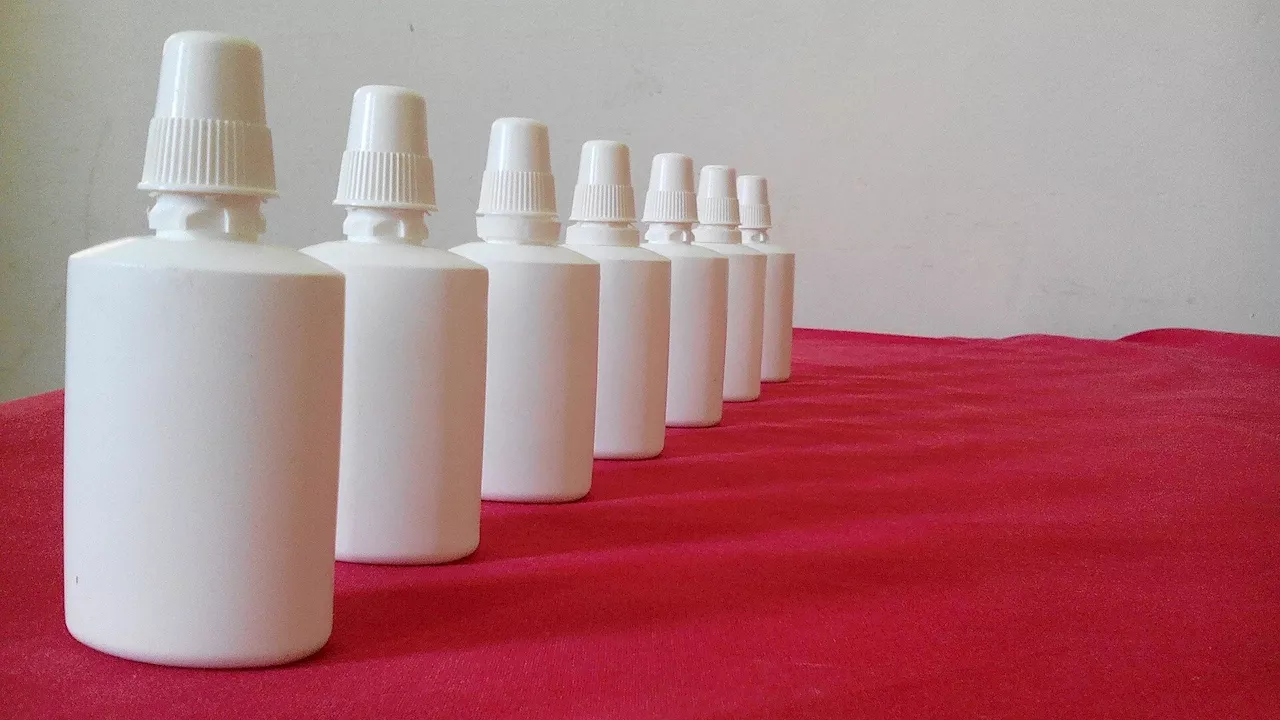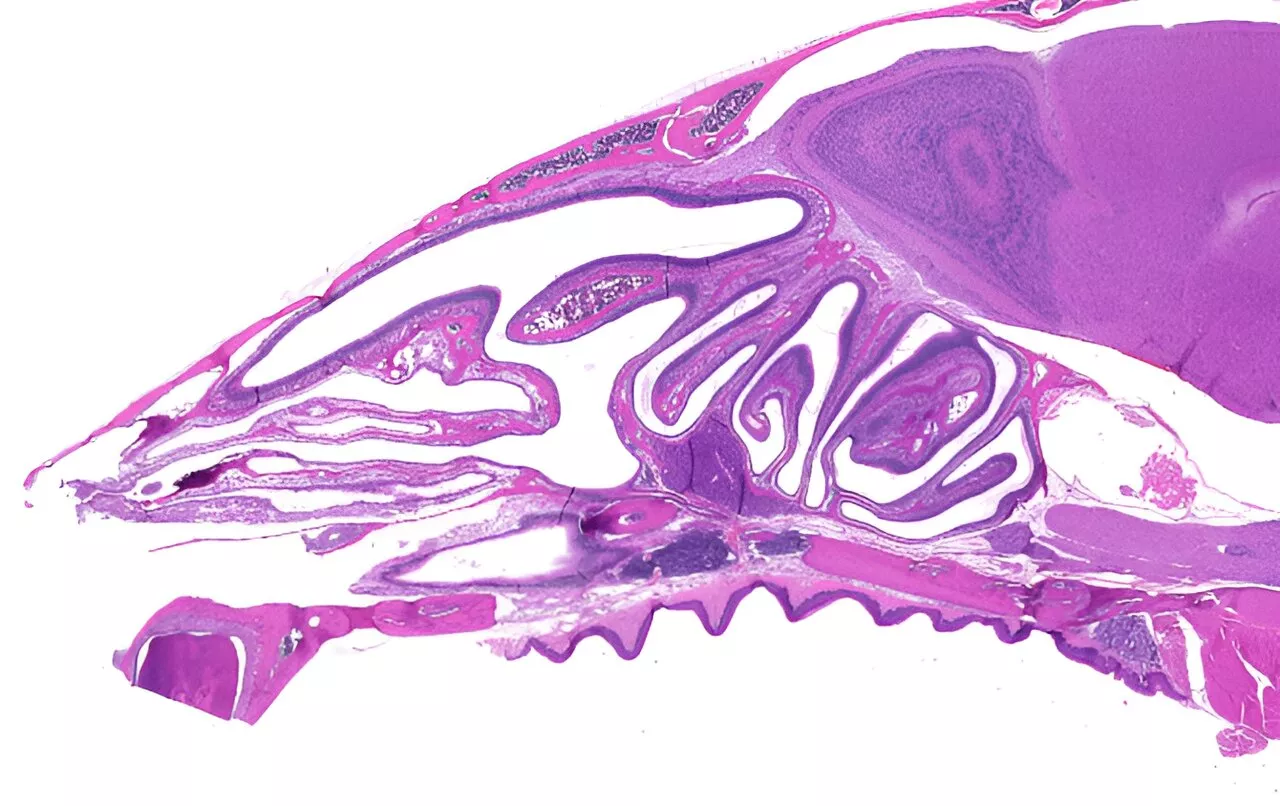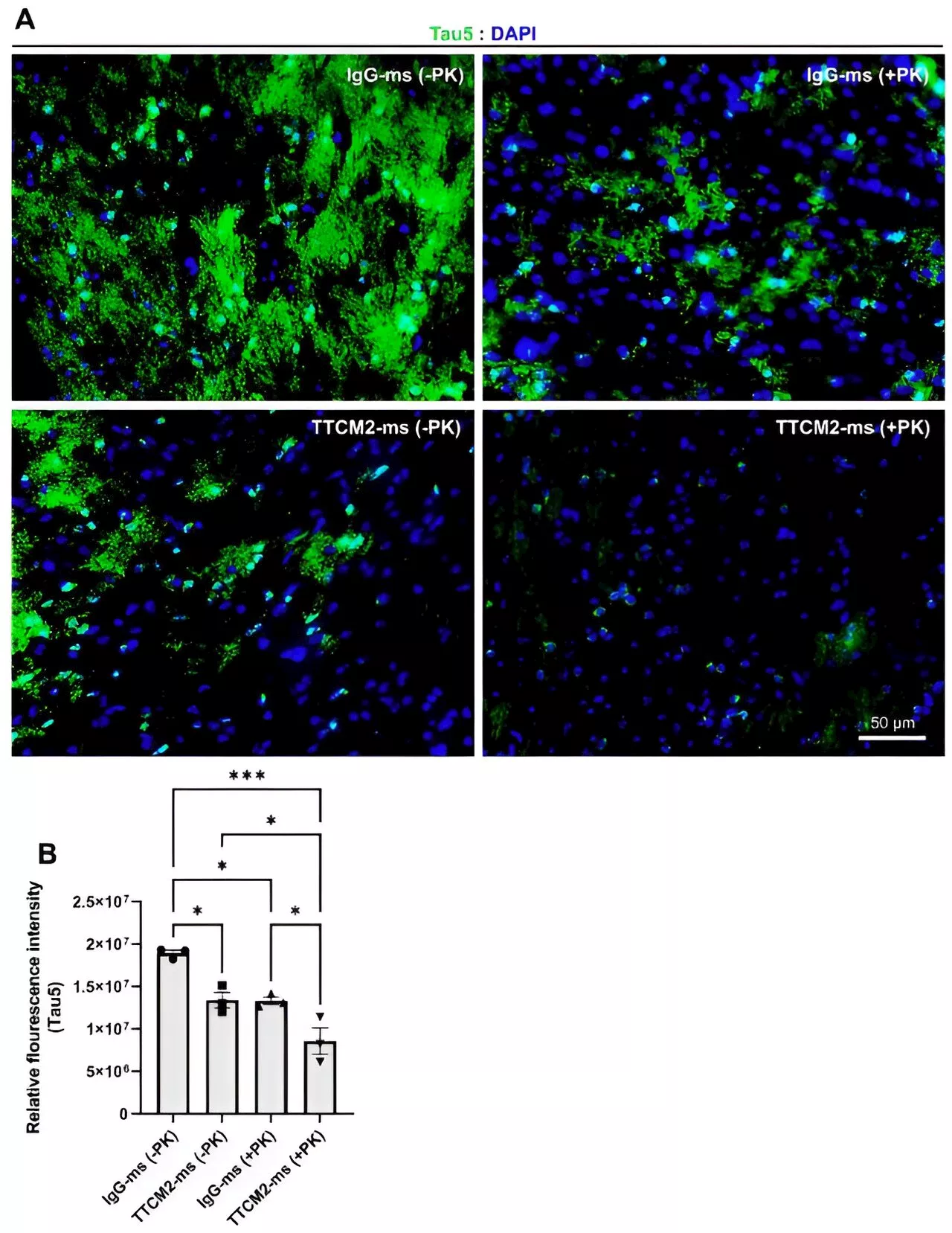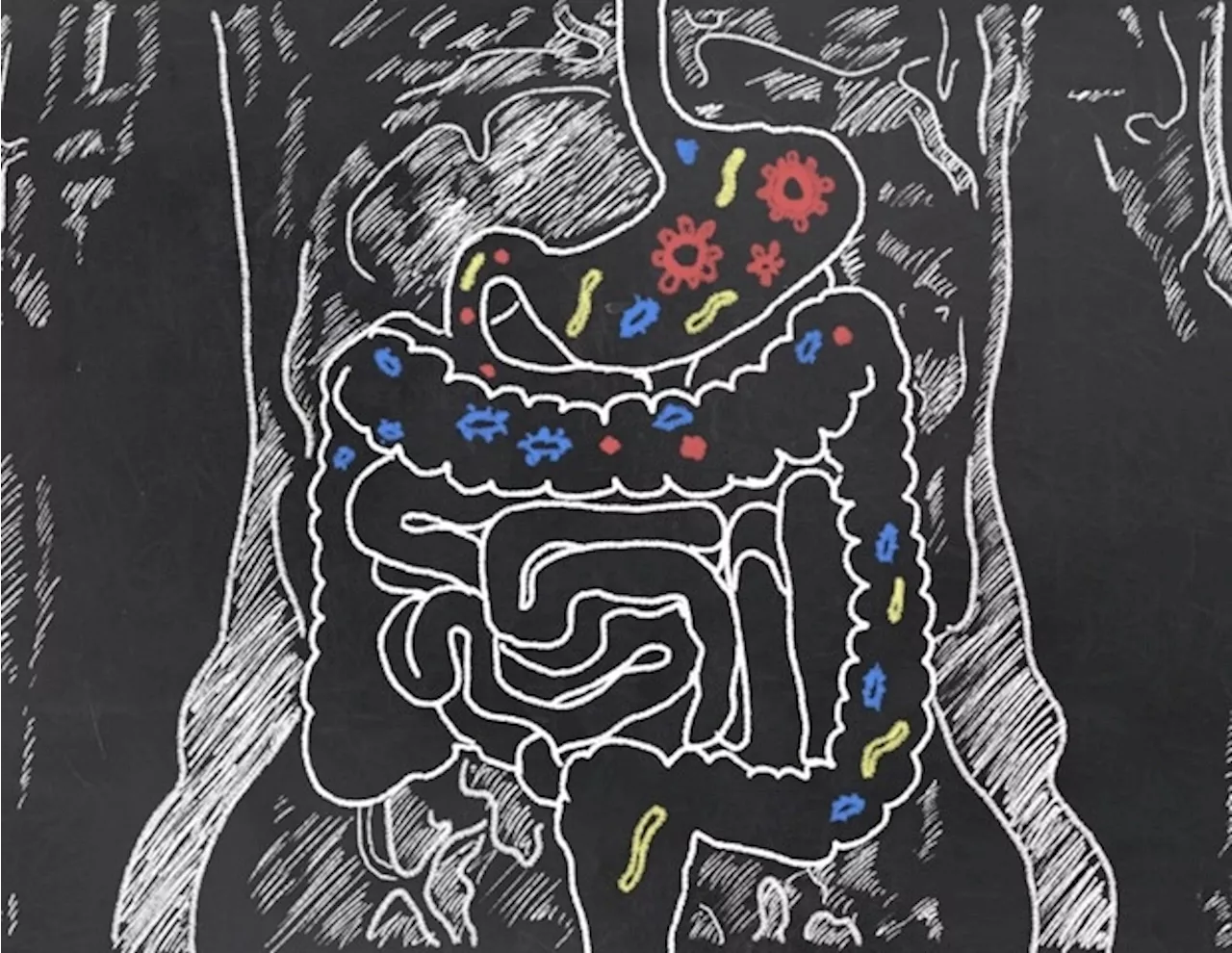Whether dangerous staphylococci survive in the nose depends on what other bacteria are present - and how they obtain iron.
Ludwig-Maximilians-Universitaet Muenchen Aug 7 2024
We share our body with countless microorganisms. They inhabit our gut, our skin, and body orifices such as our mouth and nose. The composition of this microbiome has a major influence on our health. While certain germs can be useful, others harm us. Staphylococcus aureus falls into the latter category: "Antibiotic-resistant staphylococci can hide unnoticed in the microbiome of healthy people," explains Simon Heilbronner. This is the case for one third of all humans.
We know surprisingly little about the factors that determine whether a person can be inhabited by S. aureus." The genetics of the host and environmental conditions have only a moderate influence. "By contrast, it's becoming increasingly clear that the presence of certain other bacteria can help or hinder the growth of the pathogen.
Bacteria Hospital Microbiology Pathogen Probiotics Research Skin Staphylococcus Aureus
United Kingdom Latest News, United Kingdom Headlines
Similar News:You can also read news stories similar to this one that we have collected from other news sources.
 Innovative nasal spray and vaccine for respiratory virus protectionA team of researchers, led by the University of Houston, has discovered two new ways of preventing and treating respiratory viruses.
Innovative nasal spray and vaccine for respiratory virus protectionA team of researchers, led by the University of Houston, has discovered two new ways of preventing and treating respiratory viruses.
Read more »
 Nasal COVID-19 vaccine shows promise in preventing virus spreadThe lightning-fast development of COVID-19 vaccines just months after the virus appeared was a triumph of modern science and saved millions of lives.
Nasal COVID-19 vaccine shows promise in preventing virus spreadThe lightning-fast development of COVID-19 vaccines just months after the virus appeared was a triumph of modern science and saved millions of lives.
Read more »
 Nasal spray clears proteins linked to Alzheimer's, study findsScientists in America have developed a nasal spray that can remove proteins in the brain associated with Alzheimer's disease—at least, in mice.
Nasal spray clears proteins linked to Alzheimer's, study findsScientists in America have developed a nasal spray that can remove proteins in the brain associated with Alzheimer's disease—at least, in mice.
Read more »
 Finding immune cells under our very noses: Antibody-producing cells discovered inside the nasal conchaeThe nose is a major gateway to our bodies—for the air we breathe, the aromas we smell and the microbes that make us sick. On its way in, the air passes through nasal conchae, or turbinates—the long, narrow, curled shelves of bone that look like a shell and protrude into the breathing passage.
Finding immune cells under our very noses: Antibody-producing cells discovered inside the nasal conchaeThe nose is a major gateway to our bodies—for the air we breathe, the aromas we smell and the microbes that make us sick. On its way in, the air passes through nasal conchae, or turbinates—the long, narrow, curled shelves of bone that look like a shell and protrude into the breathing passage.
Read more »
 Nasal spray found to clear tau proteins from Alzheimer's mouse model brainsA multi-institutional team of neuroscientists has developed a nasal therapy that cleared the brains of Alzheimer's mouse models of toxic tau proteins.
Nasal spray found to clear tau proteins from Alzheimer's mouse model brainsA multi-institutional team of neuroscientists has developed a nasal therapy that cleared the brains of Alzheimer's mouse models of toxic tau proteins.
Read more »
Over-the-counter nasal sprays may keep coughs, colds and flu at bay, trial showsGel and saline sprays reduced the days of illness by around 20, scientists said.
Read more »
